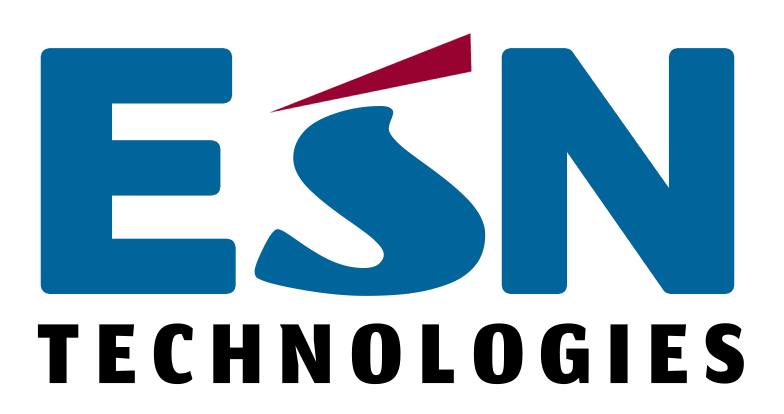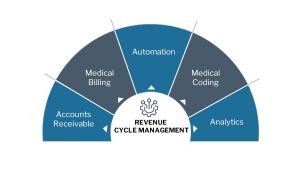An essential aspect of healthcare management is medical coding, which guarantees correct invoicing and documentation for medical treatments. The increasing amount of healthcare data poses a challenge to healthcare practitioners in terms of effectively handling coding tasks.
The use of a Medical Coding Assistant (MCA) to expedite and enhance the medical coding process is examined in this case study.
Client Profile:
A medium-sized medical center catering to a wide range of patients. Every day, the hospital processes a large number of medical records. The coding team is in charge of converting patient data into codes that are accepted worldwide for the purposes of billing and reimbursement.
Challenges:
- Increasing Workload: As a result of an unprecedented spike in patient visits, the hospital’s backlog of medical records requiring coding grew significantly.
- Accuracy Concerns: It was discovered that human mistake occurred during the coding process, resulting in billing problems and possible revenue loss.
- Time-consuming Manual Coding: The backlog of uncoded records was created by the laborious manual coding process that was in place, which slowed down the reimbursement process.
Solution:
It was suggested that a Medical Coding Assistant (MCA) be used to help the coding staff with their everyday tasks and to automate some of them. The MCA was created to analyze medical records, extract pertinent data, and recommend appropriate codes using machine learning algorithms and natural language processing (NLP).
Implementation Steps:
- Data Integration: To securely access patient data, the MCA was integrated with the hospital’s electronic health record (EHR) system.
- Training the MCA: To identify patterns and connections between clinical data and coding results, the system underwent comprehensive training utilizing coding examples and historical medical records.
- Real-time Support: During the coding process, the MCA was used to assist human coders by offering real-time code recommendations and suggestions.
- Feedback Loop: Over time, the accuracy of the MCA was improved and refined by gathering ongoing input from human programmers.
Results:
- Increased Efficiency: The MCA greatly shortened the coding time, enabling the coding crew to process more records every day.
- Accuracy Improvement: The MCA helped to increase coding accuracy, which decreased billing errors and the possibility of audit findings.
- Decreased Backlog: The hospital was able to quickly compensate patients and enhance cash flow by eliminating the backlog of uncoded records.
- Cost Savings: By maximizing the utilization of human resources and lowering overtime, the automation of routine coding jobs led to cost savings.
Technologies Used:
- Tailwind CSS (UI)
- Open AI API Package.
- Angular 15.0.3.
- Angular Material 15.0.2.
- Typescript 4.8.4.
- .Net Framework 6.0.
Tools Used:
- Visual Studio 2022.
- Visual Studio Code.
- Azure Open AI Studio.
- Azure Open AI Resource.
Conclusion:
The implementation of a Medical Coding Assistant demonstrated the potential for technology to enhance the efficiency and accuracy of medical coding processes. The success of this case study highlights the importance of integrating AI-driven solutions in healthcare administration to address challenges related to increasing workloads, accuracy concerns, and time-consuming manual processes. The lessons learned from this case study can serve as a model for other healthcare providers looking to improve their coding operations.






